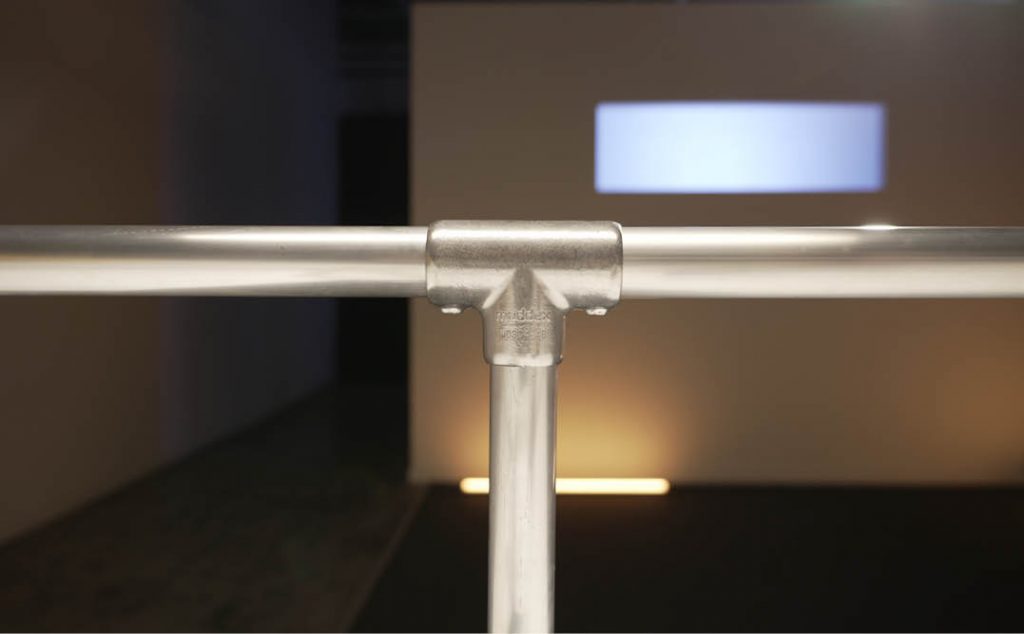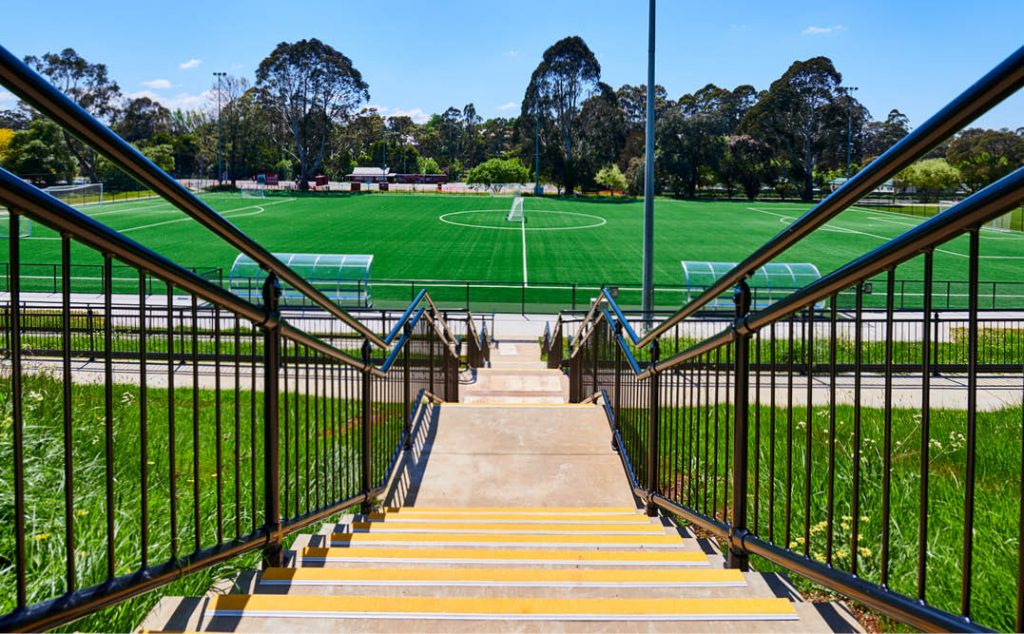A Specifier’s Guide
The design and construction of handrails and balustrades is a crucial issue that may expose an architect, designer, specifier, builder or contractor to expensive litigation if poorly thought out, executed, and especially if failure occurs. More significantly, there is a serious emotional and financial cost associated with injury, permanent disability, or death should this design element be overlooked.
Architectural handrails and balustrades are an essential part of the building design, so it is important to choose a material that complements your design goals. The end result must deliver on the design vision and satisfy the building owner’s design requirements. The selected material must be functional rather than merely decorative, perform in accordance with safety requirements, and live up to all expectations in terms of appearance and durability. Even the smallest details, such as delivering a flush connection and a smooth continuous rail, are all essential to avoiding injury.
To achieve these outcomes when selecting materials for a balustrade or handrail, it is important to consider the rail’s primary use, whether it will be used internally or externally, the environment in which it will be used, and the finish you want for your design.

Material Selection for Handrails and Balustrades: A Specifier’s Guide discusses all the factors you need to consider when selecting materials for handrails and balustrades.
Moddex has had the opportunity to work within diverse industry sectors, collaborating with clients across different industry spaces such as three-waters, education, multi-level commercial construction, road, and rail, where they have tailored unique solutions for different applications and environments.
Our newly-released specifier’s guide covers the importance of assessing site conditions and identifying materials that can withstand corrosive environments as well as the range of design considerations relevant to selecting materials for handrails and balustrades, including the intended use, fixings and connectors, structural properties, details and finishing, and aesthetics and finally, they include a comparison of the common handrail and balustrade materials with respective pros and cons — an important quality consideration.
Matching material to site conditions:
The raw materials used to create handrails and balustrades must provide a suitable level of durability based on the proposed location of the works. If timber is preferred, only specific species in durability class 1 or 2 are suitable for exterior works. If metal is being considered, the material should have an appropriate finish and be provided with a protection level class that is appropriate for the proposed location. Options include zinc coatings, stainless steel, aluminium or applied paint finishes.
Corrosive environments, such as buildings in coastal regions, environments where moisture is present, industrial zones and high-pollution areas, require special consideration. Challenging atmospheric conditions, including extreme temperatures, constant precipitation and the presence of chlorine, also fall within this category. To protect your investment and ensure its long life, choosing materials that have been proven to withstand corrosive elements, such as hot dip galvanised steel, marine-grade aluminium or 316-grade stainless steel is essential.

Working with a trusted Supplier – Moddex
Moddex are Australasia’s leading manufacturer of modular, no-weld, hot dip galvanized barrier systems. Pre-engineered for structural integrity, their proprietary systems are load tested and configured to Australian and New Zealand Standards (AS/NZS), Workplace Health and Safety guidelines (WHS/OSH), Australia’s National Construction Code (NCC/BCA) and the New Zealand Building Code (NZBC).

Moddex have put together a Material Selection for Handrails and Balustrades: A Specifier’s Guide which discusses all the factors you need to consider when selecting materials for handrails and balustrades.
Download the full guide to material selection for handrail and balustrade design by clicking the link below.
